
Sanjhi Art. Everything You Need to Know About The Ancient Art
Sanjhi art is an old art form involving stencilling belonging to Mathura, also known as Indian God, Lord Krishna’s hometown.
It is also referred to as hand-cutting designs on paper.
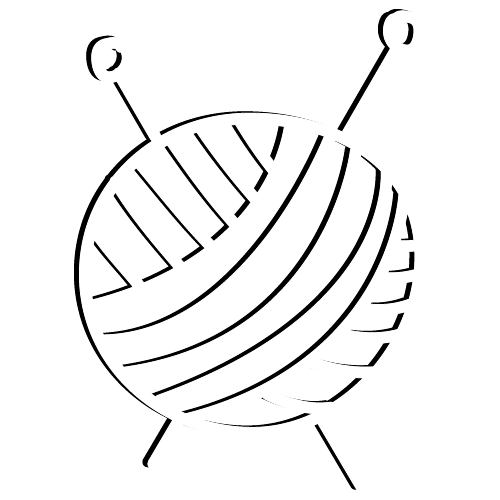
India’s handicraft culture is a huge part of its legacy.
However, in today’s day and age it is not receiving the recognition it deserves.
We, here at Hindikrafts, showcase the beauty and magnificence of Indian handicraft culture and hope to revive the love and appreciation it once received.
The artists who have kept the handicraft culture of India alive need our appreciation and recognition so that they can keep carrying the handicraft legacy forward.
More recognition will result in more work for these artisans.
After all, its the artist that brings the art to life.


Sanjhi art is an old art form involving stencilling belonging to Mathura, also known as Indian God, Lord Krishna’s hometown.
It is also referred to as hand-cutting designs on paper.

Meghwal Embroidery is an essential component of the city of Bikaner which is 80 kilometres away from Rajasthan in India.
It is practised on clothes worn or items given at the time of the wedding and as Dahej or dowry trousseau to the bride from mother.

Lacquer craft bears the smell of India.
The term ‘lacquer’ is taken from the Portuguese word ‘lac’ which implies a kind of resin which radiates from specific creepy crawlies.
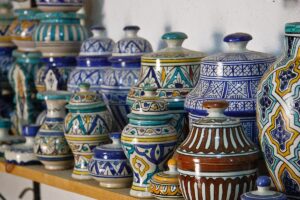
The blue pottery craft of Jaipur actually is of Turko-Persian origin. It is the most luxurious form of Indian pottery made with a cobalt blue dye.
This kind of craft is inspired by Eurasian, Islamic and Chinese pottery. It is mostly used as decor due to its fragile properties.

Bidriware is an art form done by metals. The term “Bidriware” comes from the most popular region where this art is practised, Bidar in Karnataka.

Sandalwood is of incredible strict significance and is a very costly material for carving relics.

Nettur Petti is a work that suggests the time when items were created to be relished. Women and temples used to use boxes of ornaments.
These women belonged to high and noble families, whereas in temples, ornaments of the idol were stored.

Banjara Embroidery is also known as Banjara Lambanis.
I t is a mix of vivid threads, structural patterns, mirror work, sewing designs appliqué or interwoven.

Khurja pottery is conventional Indian pottery work.
It is practised in the city of Khurja, located in Uttar Pradesh.
Khurja pottery has been secured under the GI or Geographical Indication.
It is ranked 178 in the list of India’s GI Act 1999.
The Controller General approves Patents Designs and Trademarks.

Black pottery, also known as black clay pottery, is a type of clay pottery known for its lush black body and mesmerising silver designs.
It is practised in Nizamabad in Uttar Pradesh, India.
It was enlisted for the Geographical Indication tag in December 2015.

Thangka can also be written as thangka, tangka, thanka, or tanka.
It is a Tibetan Buddhist painting on cotton and silk lace, ordinarily portraying a Buddhist god, scene, or mandala.

Filigree is at times also written as Filagree, and was once used to be written as Filigrann or Filigrene.
It is complex metalwork practised in jewellery and different small kinds of metalwork.

Camel Bone Work produces art forms by cutting into animal bones and often incorporates antlers and spikes.
It occurs in the decoration of a bone or the work of a figure.

India has a rich and diverse history. Even when looking at our geographical location, this country is filled with diverse people and hence different cultures and art. Kalamkari is one such extremely exquisite art form of India.
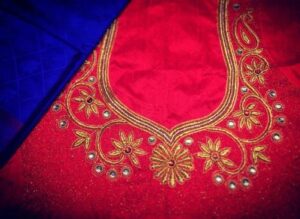
Aari embroidery was started in the Mughal era.
It is a kind of embroidery performed by pulling the fabric strongly over a wooden mould.
A pen-like needle indicates a crochet needle which is practised to do the fundamental Aari work.

The seashell craft of Goa dates back to the Portuguese occupation of Goa.
From there it developed into the beautiful handicraft practice as we know it today.

Madhubani Art originated in Mithila or modern-day Bihar region of the Indian Subcontinent.
It evolved from wall paintings in the small town of Bihar to be a refined part of modern art and design.

Bahi-Khata is also known as bookkeeping.
Bahi-Khata is the chronicle of budgetary exchanges and is a piece of the way toward bookkeeping in a business.
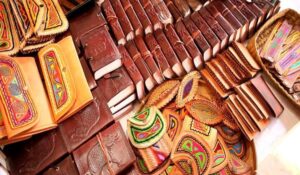
Everything you need to know about Traditional Leather Crafts of India. Source. Leather Crafts of India. Leather crafts of India are an ideal combination of

Pinjrakari is the art of making screens of entwined wooden strips shaping perplexing geometric shapes.
Generally utilized in components of architecture like windows, partitions, balconies, and ventilators.

Bihar’s Sujini Embroidery or Sujini is also written as Sujani.
It is derived from ‘Su’ and ‘Jani’.
Su means simple and smooth while Jani means birth.

Pithora Painting is a ritual painting done on the wall.
This is done by the Rathwa and Bhilala tribes residing in central Madhya Pradesh.
The paintings are done on three internal walls of their homes.
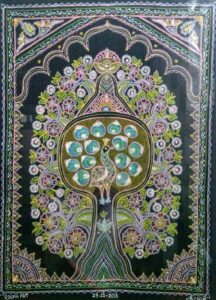
Rogan Art is a Persian term, which means varnish or oil.
Rogan art form is an art of fabric printing practised in the Kutch District based in the Indian state named Gujarat.

Mashru Weaving is a dynamic, handwoven blend of Silk and Cotton fabric.
The word ‘Mashru’ signifies ‘allowed’ in Arabic and its Sanskrit variety ‘Misru’ means ‘blended’.

It is a type of earthenware where the burned body is permeable.
Terracotta is utilized for design made in ceramic, and for different utilizations including vessels, for example, vases, water and wastewater pipes, material tiles, blocks, and surface ornamentation in construction of the buildings.

Choktse is a foldable table from the district of Gangtok.
It is one of the notable results of Sikkim, accomplishing both national and worldwide acclaim.

Nirmal Paintings are famous paintings created in Nirmal in Nirmal District, Telangana, India.
They structure a little scope industry in the town.
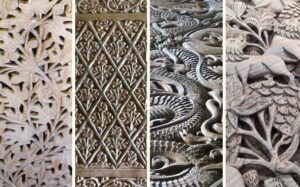
Walnut wood carving is practised in the Jammu and Kashmir state, India.
Walnut wood carving is ensured under GI of the Agreement on Trade-Related Aspects of Intellectual Property Rights (TRIPS) contract.

Everything you need to know about the Tribal Jewellery of Jharkhand. Share on facebook Share on twitter Share on linkedin Source. Who are Tribals? With

Surpur’s place throughout the entire existence of Indian workmanship has been established to a great extent being the focal point of a variation of the Mysore style of painting.

Ajrakh is an old block- printing technique on textiles.
It began in the present-day territories of Sindh in Pakistan and the neighboring Indian regions of Kutch in Gujarat and Barmer in Rajasthan.
This block printing style is a heritage of the Indus Valley Civilisation.
The word ‘Ajrakh’ itself hints at various ideas.

Dhurrie is also written as Dhurri, Durrie, Durry or Dari.
It is a type of Indian Carpet which utilizes the non-pile procedure of weaving and blends an assortment of materials and examples to make a dynamic toss for the floor
Dhurries are made physically by gifted craftsmen on a conventional level and vertical weaving machines.

Dhokra can also be written as Dokra.
It is a metal casting technique that does not include iron in its chemical composition rather employs the lost-wax casting method.
It has been surviving in India for more than 4,000 years and is continued to be utilized.

Chikankari is a customary weaving style from Lucknow, India.
On translation, the word implies weaving, and it is one of Lucknow’s most popular material enhancement styles.
The market for regional Chikan is predominantly in Chowk, Lucknow.
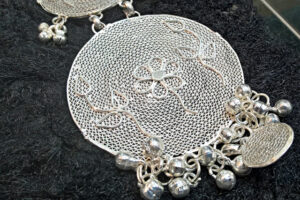
Tarkasi is a sort of silver Filigree work from Cuttack, a city from Odisha in the eastern part of India.

Kantha can also be written as Kanta and Qanta.
It is a sort of embroidery created in the eastern areas of the Indian subcontinent, explicitly in Bangladesh and the Indian conditions of West Bengal, Tripura and Odisha.
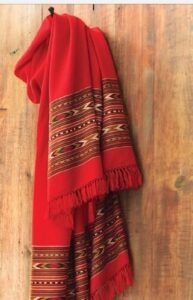
Everything you need to know about the weaving of Kullu Shawls. Source What is Kullu? Kullu is a municipal council town.It is the administrative base
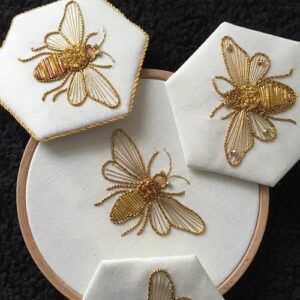
Zardozi embroidery came to India from Persia.
Its exacting interpretation, “Zar” which means gold and “Dozi” which means embroidery, alludes to the way toward utilizing metallic-bound threads to sew adornment on to different textures.

Everything you need to know about India’s ever evolving art of Paper Mache. Source Paper Mache or Papier Mache is a craft of creating boxes,
An Handicraft Online Publication for India by India.
All Rights Reserved © 2020
Website made by Crafty Marketeer.